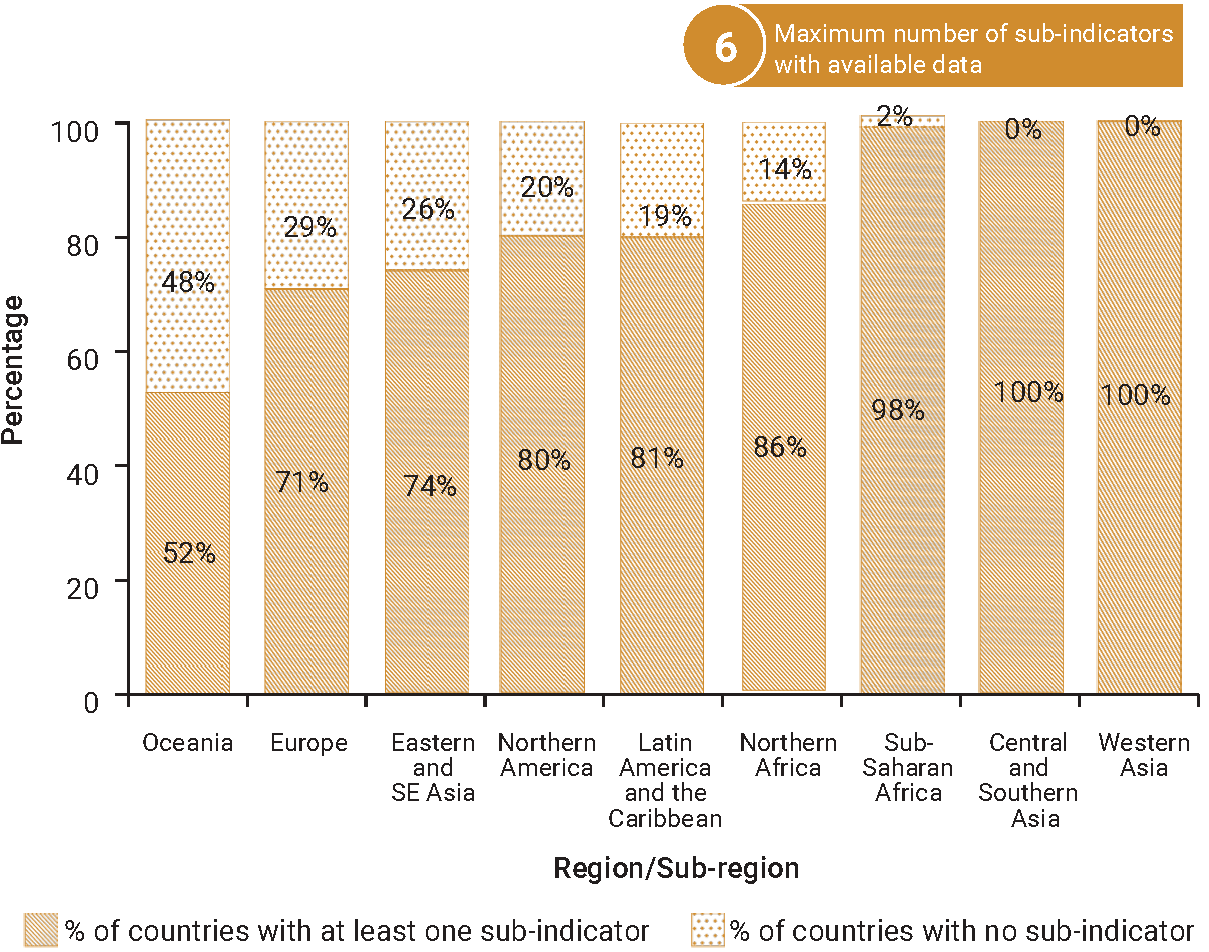SDG Indicator 2.5.2: Proportion of local breeds classified as being at risk of extinction[*]
1. Key features and metadata
Definition: This indicator monitors the percentage of local livestock breeds among local breeds with known risk status classified as being at risk of extinction.
| Sub-indicator | Disaggregated by |
|---|---|
|
ER_NOEX_LBREDN Number of local breeds (not extinct) (Number) |
No current data disaggregation available.
|
|
ER_RSK_LBREDS Proportion of local breeds classified as being at risk as a percentage of local breeds with known level of extinction risk (%) |
|
|
ER_UNK_LBREDN Number of local breeds with unknown risk status (Number) |
|
|
ER_NOEX_TRBBREDN Number of transboundary breeds (not extinct) (Number) |
|
|
ER_UNK_TRBBREDN Number of transboundary breeds with unknown risk status (number) |
|
|
ER_RSK_TRBBREDS Proportion of transboundary breeds classified as being at risk of extinction as a share of local breeds with known level of extinction risk (%) |
Sources of information: Data are collected from national livestock censuses on breed level or data derived from national herdbooks or national surveys.
Related SDG Indicator: 2.5.1 (Number of (a) plant and (b) animal genetic resources for food and agriculture secured in either medium- or long-term conservation facilities).
2. Data availability by region, SDG Global Database, as of 02 July 2025

3. Proposed disaggregation, links to policymaking and its impact
| Proposed disaggregation | Link to policymaking | Impact |
|---|---|---|
|
Proportion of local breeds classified as being at risk of extinction, by risk category (%) (FAO 2023d)
Applies to:
|
This information is useful for assessing the actual level of extinction risk to which breeds are exposed (including in relation to their reproductive capacity, depending on local circumstances and risk factors) and for prioritizing the interventions on the most vulnerable breeds (e.g. classified as "critical" or "endangered") by implementing protection and/or conservation measures.This disaggregation contributes to the Kunming-Montreal Global Biodiversity Framework (GBF), Target 4: Halt Species Extinction, Protect Genetic Diversity, and Manage Human-Wildlife Conflicts(CBD 2022) |
Currently 70% of local breeds with a known status face extinction risks (FAO 2023d). Breed diversity makes farming systems more resilient to shocks and stresses (including to the effects of climate change, of which the consequences are greatest in developing countries). Ensuring secured food production while limiting the adverse impacts of agriculture on ecosystems and natural resources is essential. It contributes to the provision of livelihoods and to strengthening the resilience of many people, especially poorer and marginalized populations, while reducing the dependency of food and agricultural producers on costly and environmentally harmful inputs or technologies (FAO 2013). Greater efforts are needed to reduce the risk of extinction of domesticated animals in the livestock production system, while improving resilience, livelihoods, food security and nutrition, and environmental health. The sustainable use and conservation of local breeds for food and agriculture production calls for the implementation of multi-dimensional management approaches at the farm level (agri-environmental practices) – in which genetic resources, breeds, agricultural lands, and ecosystems are managed in an integrated way and in symbiosis with the surrounding environment – to benefit from multiple ecosystem services and reinforce adaptation capacity of the food and nutrition system (FAO 2019a). |
[*] The proposed disaggregation of this indicator was not endorsed by FAO, the custodian agency for this indicator.

